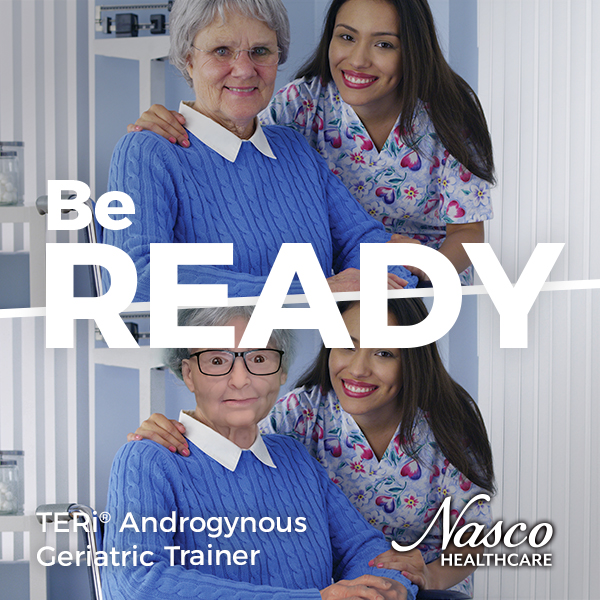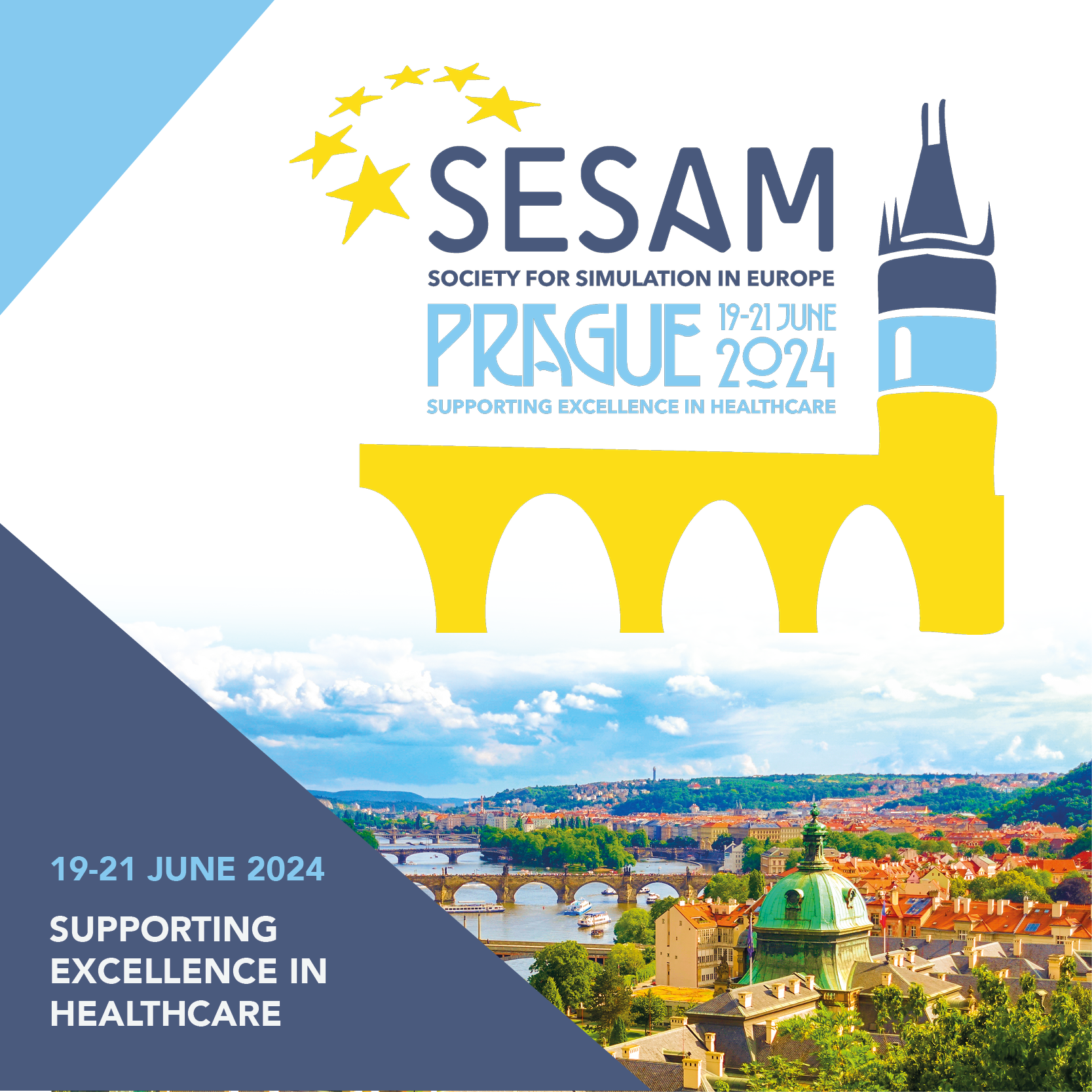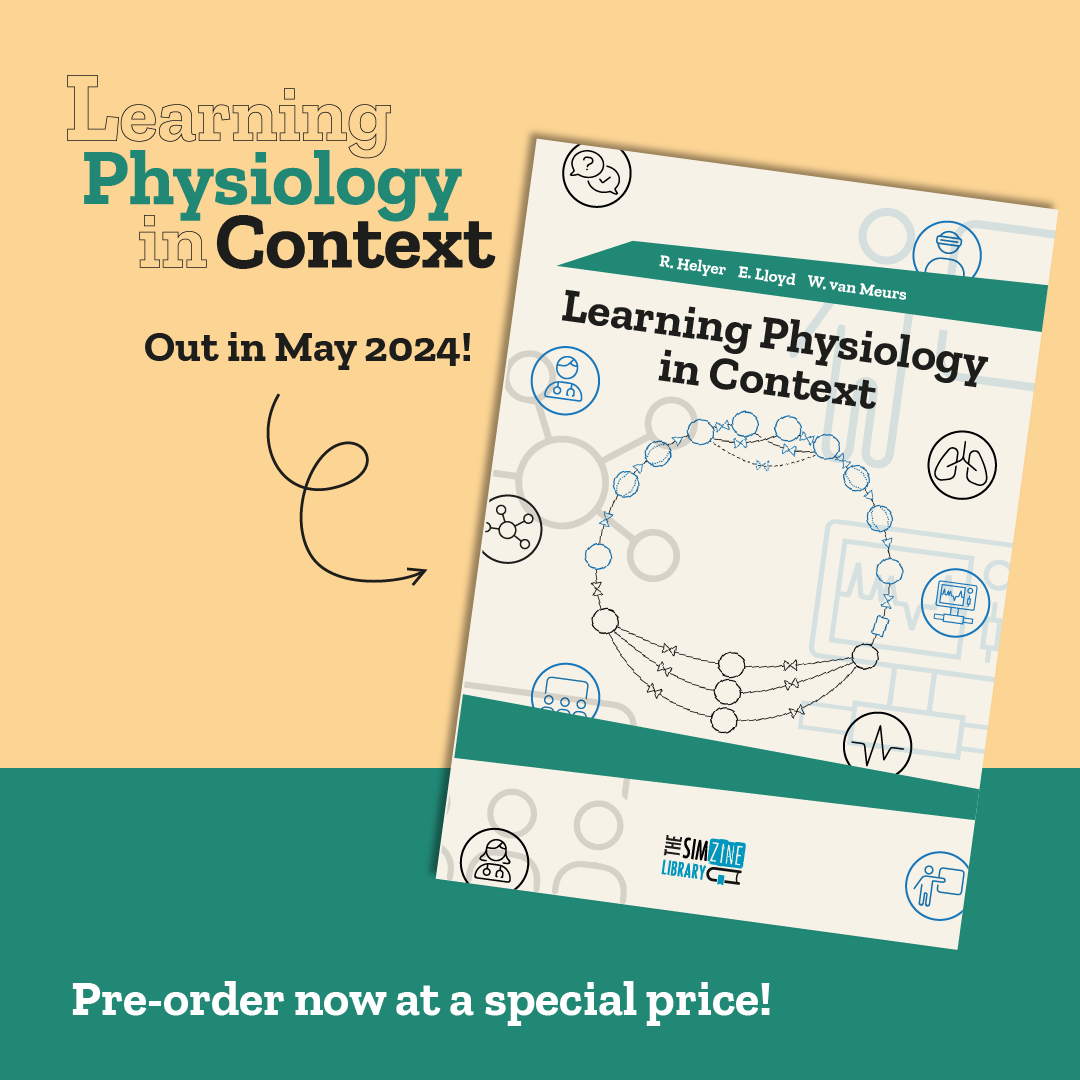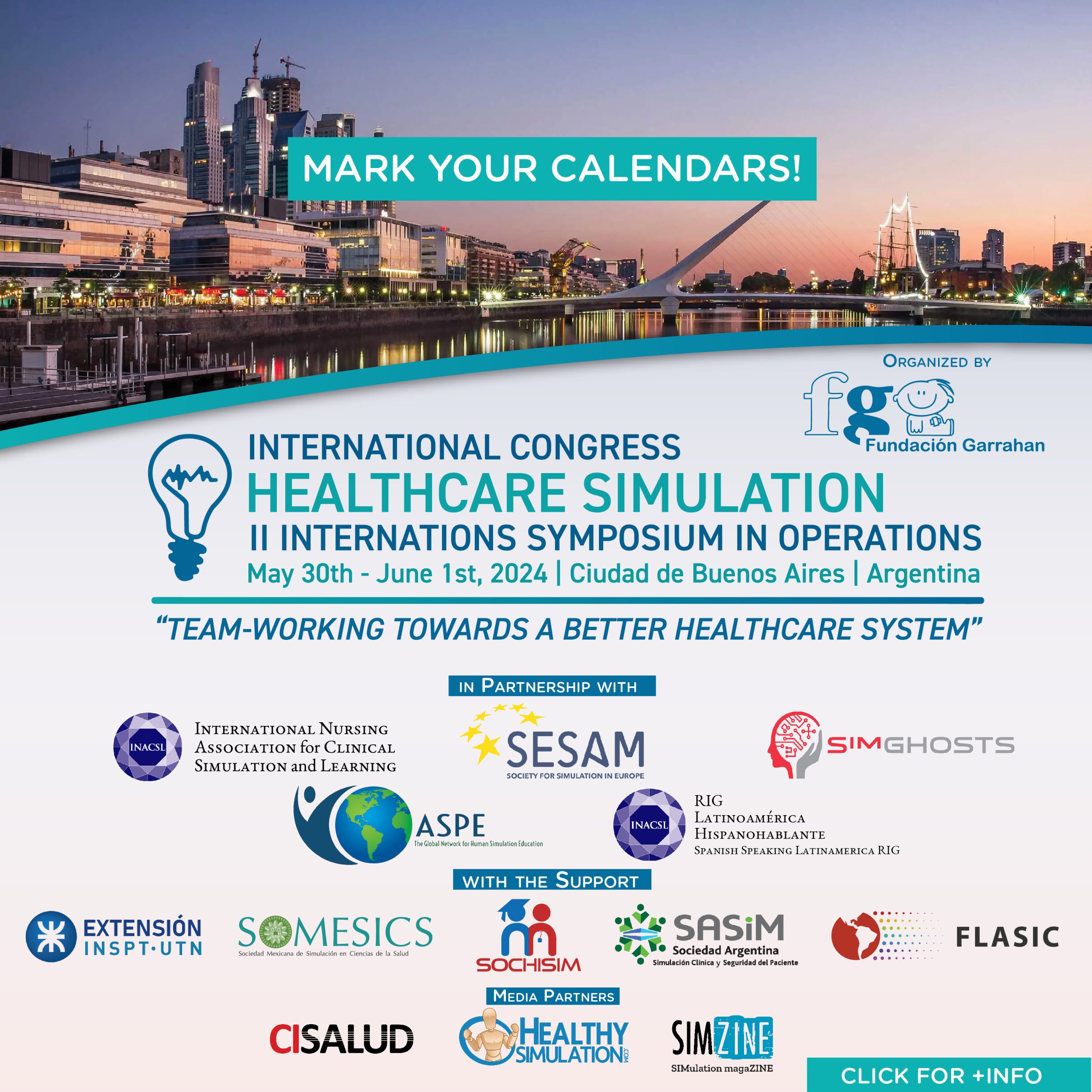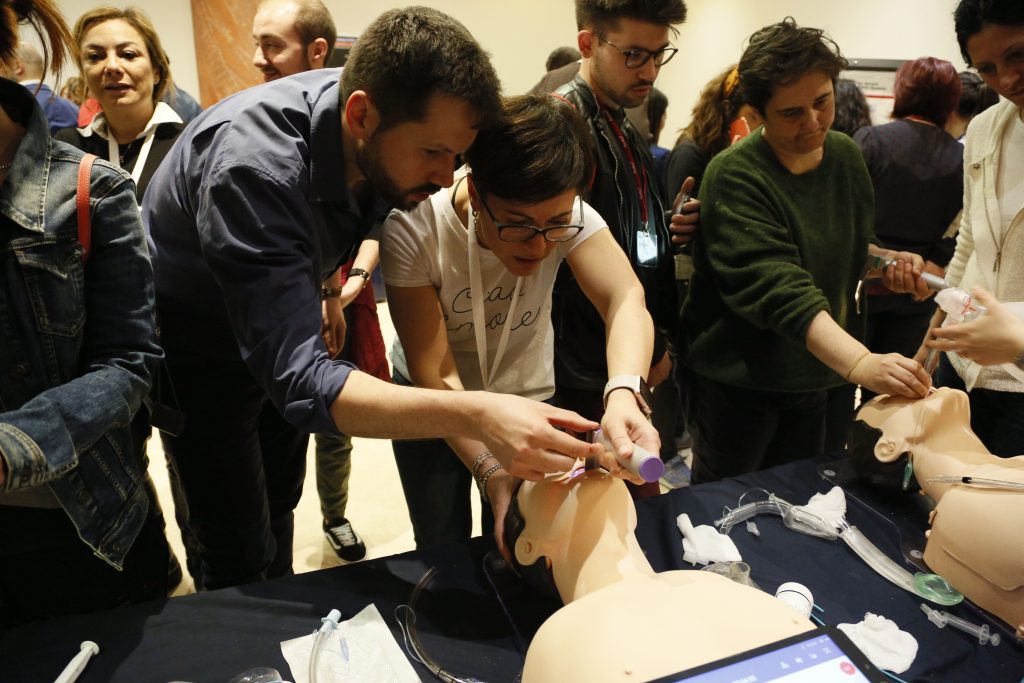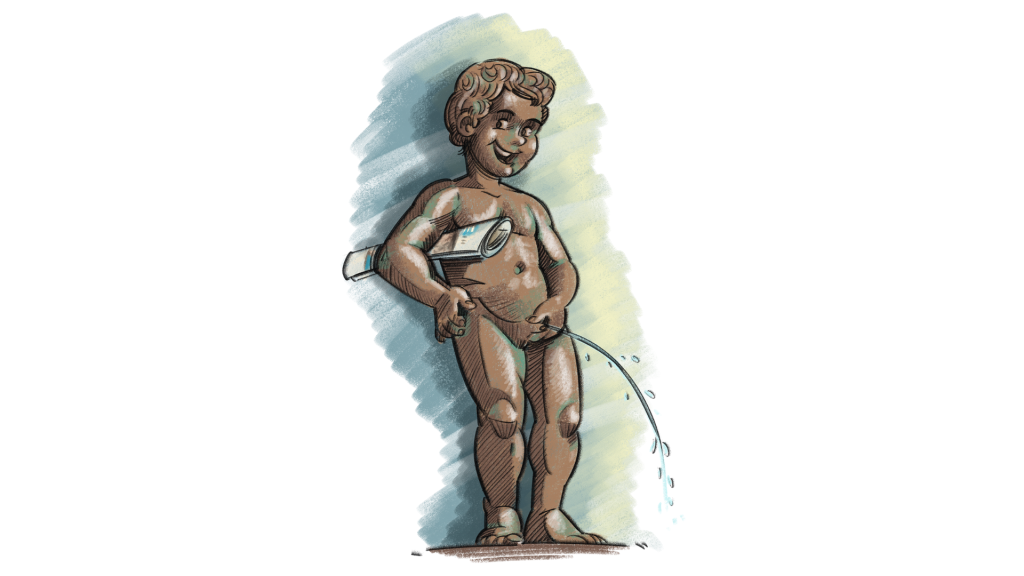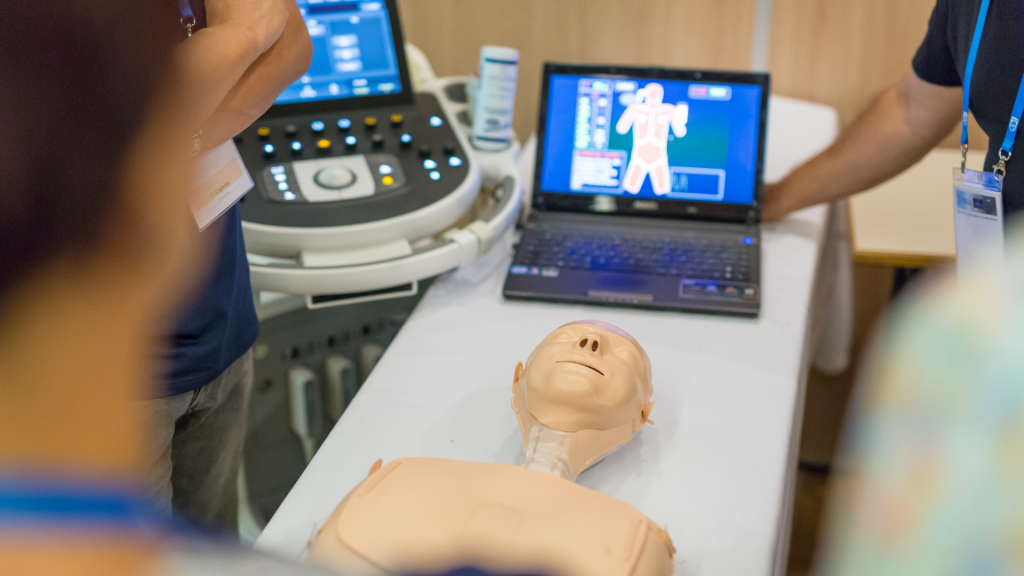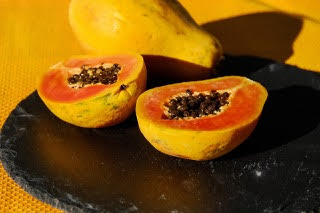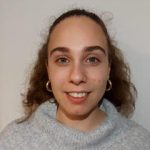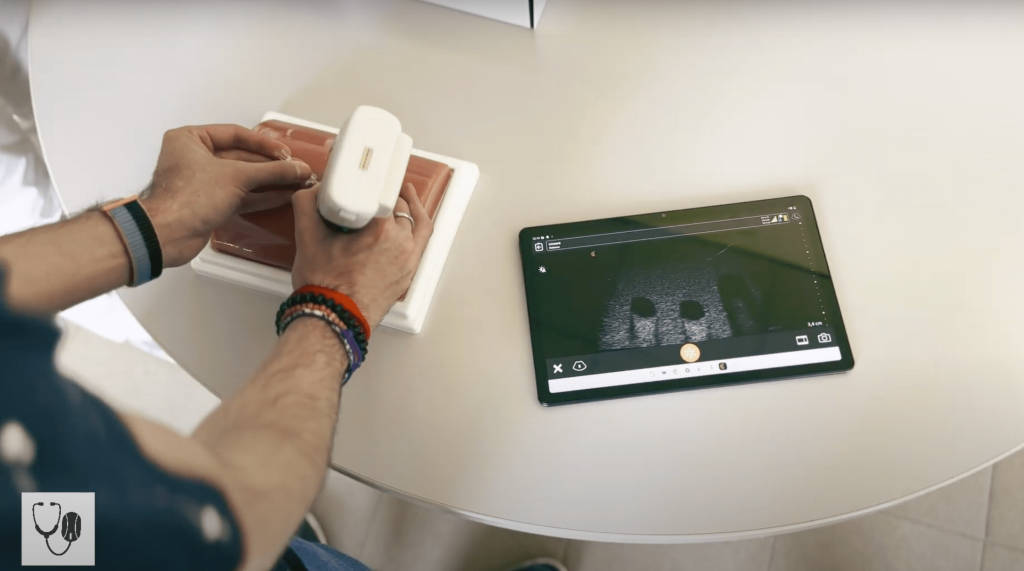A few months before SESAM 23 and those who are preparing: Willem van Meurs, a simulator inventor, describes the presentations he is up to
SESAM 2022 in Seville was a memorable conference, and not only because the AC of my car broke down on the drive through Spain in 40°C heat. The first on-site, face-to-face conference in two years, and with a record 700+ attendants; what a pleasure! Therefore, for this year, I decided to participate more actively, and submitted three abstracts, which due to the different teams I work with cover quite a broad range of simulation interests.
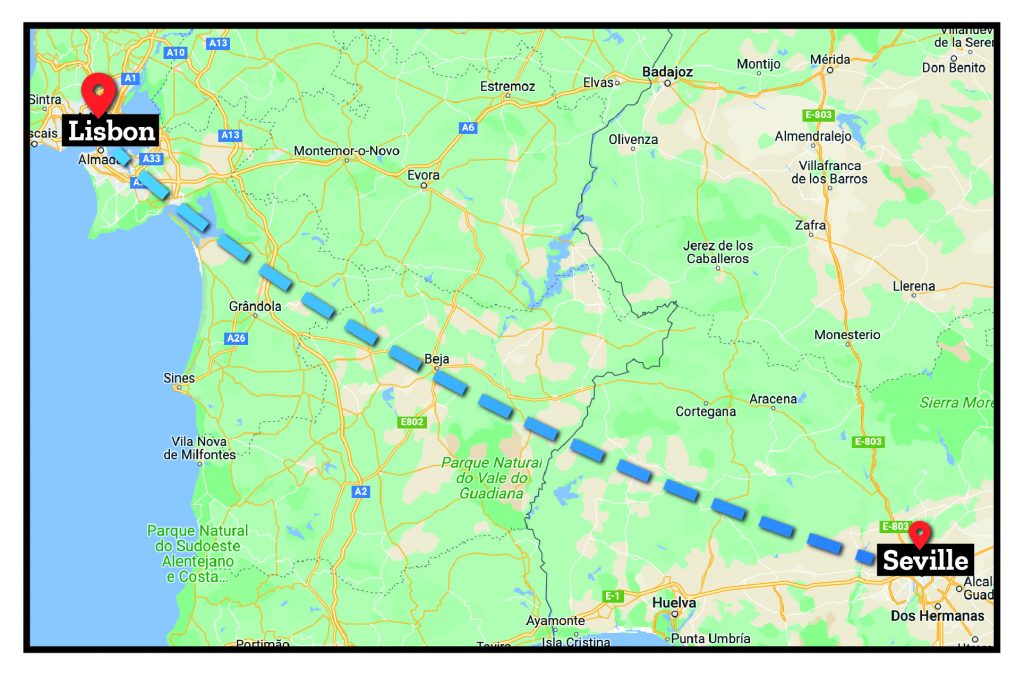
With Dr. Serena Ricci from Genoa University and two of her colleagues, we will be giving a workshop on “New technologies for medical training: a tech guide for healthcare professionals.” Serena will bring in her experience with Virtual and Augmented Reality, and I will provide a general overview of medical training simulator design and talk about the use of models of human physiology as simulation engines. The purpose of the workshop is to make technology accessible to clinical educators, and to help them make more informed decisions about the various training devices on the market.
In 2018, in the journal Advances in Simulation, neonatologist Timothy Antonius and I introduced the concept of Explanatory Models (EMs) in acute care. EMs are visual, interactive computer animations of complex underlying physiology. The work has since continued, and I will be presenting an important addition to these EMs in the form of a real-time simulation model of the acid-base balance in blood plasma. The model and code Tim designed is based on the intuitive physics and chemistry based Stewart approach to describing the acid-base balance.
Technical Physician Dr. Lex van Loon left on the last pre-COVID flight into Australia, and continued my 2019 work on the Space Medicine program in Canberra. I will briefly present our joint work on “Medical digital twins for assessment of fitness to fly in commercial intercontinental space flight.” Now before you reject intercontinental space flight out of ecological concerns, keep in mind that once in space, there is no friction, so you can fly fast and fuel efficiently. However, there are medical challenges: how will the average passenger, who is generally not a fit and well trained young astronaut, respond physiologically to the flight conditions? The powerful concept of Medical Digital Twins has many applications in acute care and simulation beyond Space Medicine.
I am getting my car to the shop to get the AC fixed; Lisbon is also within driving distance from my home in the Pyrenees. See you in Portugal in June?
References
[van Meurs, W.W., Antonius, T.A. Explanatory models in neonatal intensive care: a tutorial. Adv Simul 3, 27 (2018)].
READ ALSO




